Causland Memorial ParkJean Baptiste LePage (1854 - 1939)
Extant
710 N Avenue, Anacortes, WA, 98221, United States
1919 to 1921
Causland Memorial Park was entered on the National Register of Historic Places in 1981. Enhanced with picnic tables, ornamental plantings and terraces and a small grassy lawn, it is visited often by residents and tourists alike, and is the site for many family gatherings, pageants, and municipal activities.
About the Artist/Site
Causland Park is located in Anacortes, a city of 8,800 on a protected saltwater bay in the northwest corner of the state. Occupying a full square block, the park is surrounded by pleasant homes of various 20th-century styles. The streets bounding the park are "M" Avenue, "N" Avenue, 7th Street and 8th Street. The historic Anacortes Public Library, which was placed on the National Register on October 21, 1977, is located on the southwest corner of "M" Avenue and 8th Street directly across the intersection from the park.
About two-thirds of the park is surrounded by retaining walls constructed of different colored stones arranged in patterns of undulating lines, geometric figures, and stars. The basic background colors are tan and gray, with white and red stones being the mostly commonly used to form the contrasting patterns. The stones vary in size, but all are large enough to give a rough, sharp texture to the mosaics, even when viewed from a distance. Inside the- rectangle formed by the walls, is a lush growth of trees and shrubs.
On the east side of the park is the bandstand, an oval-shaped stone structure consisting of a platform about four feet above ground level and a roof supported by five massive rectangular pillars. The base is built of carefully-fitted tan blocks, but the rest of the bandstand has a rough stone facing similar to the retaining walls. Inlaid designs, many suggestive of flowers decorate the walls and pillars. The roof is a shallow cone and also bears inlaid designs in a background of tan-colored stone. To the east is an amphitheatre with stone seats. A large bronze plaque in the base of the bandstand occupies the central focus of attention from the amphitheatre. Access to the bandstand is gained by two flights of stairs on the north and south sides.
There are other more conventional features in the park, as is shown on the attached map. The stone structures, which make the park so striking, defy stylistic analysis, but most observers see a resemblance to the work of Spanish architect Antonio Gaudi.
The significance of Causland Park rest primarily on its architecture. Although unlike any recognized style, the stonework structures in the park are sometimes likened to that of Spanish architect Antonio Gaudi. The park and its man-made structures, which are the only extant examples of the work of John LePage, are very well maintained and the source of great local pride.
No visitor to the park fails to notice the unique character of the retaining walls, the stairways and the band shelter. Singularity, of course, may be nothing more than eccentricity and does not necessarily mean that a structure is worthy of preservation. Causland Park, however, seems to be much more than a mere oddity. It has been lovingly cared for over its sixty year history, during which it has been a source of great municipal pride for the citizens of Anacortes. It is appreciated by outsiders, too. David Streatfield, University of Washington landscape architect, considers Causland Park "one of the finest landscapes" of the 1920's and observes that
"... its superbly Grafted and highly plastic retaining walls and band shelter establish a fusion of built form and landscape which is quite remarkable."
Sally Woodbridge, a member of the California Historical. Resources Commission and author of several books on historic architecture says of Causland Park,
"Antonio Gaudi and the Guell Park in Barcelona, Spain, loom in the background somewhere behind this intriguingly original design. Serpentine walls mosaicked with colored pebbles and rocks surround the perimeter of the block, which is mounded in the middle and planted with a variety of trees and shrubs. The grotto-like bandstand is likewise a work of creative vision and loving care. In all, this is one of the most remarkable small parks on the whole Pacific coast."
Causland Park was designed and built by John Batiste LePage (1857-1939). LePage was born in Canada and worked for many years as a map maker for the Canadian federal government in Ottawa. About 1910 he bought a ranch in Saskatchewan, which he worked for five years. Then he moved across the border to Montana to work on a long, high retaining wall in a Butte park called Columbia Gardens. A major project, it was composed of thousands of rocks and took two years to complete. According to his daughter, LePage was introduced to local officials by railroadman Sam Hill, but she is uncertain how the two of them became acquainted. Columbia Gardens and its huge retaining wall, which was completed in 1918, no longer exist. They are victims of open-pit mining. LePage then moved to Anacortes to bid on the park work there. After winning the bid and-completing Causland Park, Lepage moved onto Yakima, Washington, where he was commissioned to build another park. Local officials, however, were not able to raise the necessary money, and the park was never built. Surviving work there reportedly includes a garage and a cemetary cross, both in his distinctive style of rockwork. Perhaps hoping to find a market for his talents, LePage and his family moved to the San Francisco Bay area where he spent his remaining years.
LePage received formal academic training in mathematics, worked in several different occupations, and knew Greek, Latin, French and English. According to his daughters, he regarded himself as an artist first, with pen and ink as his primary medium. Yet ornamental rockwork must also have been important to him in view of the impressive results in Butte and Anacortes. There is little evidence to support the local tradition that LePage was a student of Spanish architect, Antonio Gaudi i Cornet (1852-1926). Visitors to Causland Park often remark on the similarities between LePage's work and that of Gaudi, however, and it seems reasonable to suggest that LePage may have been influenced by Gaudi. They were contemporaries, and Gaudi was producing his unconventional works for some time before LePage arrived in Butte, Montana. The Parque Guell in suburban Barcelona was begun in 1903 and work continued until 1907. One would be surprised if news of such a remarkable work failed to reach a sensitive and intelligent man like LePage.
In 1903 the city of Anacortes bought the land now occupied by LePage's work for $500 from the Seattle and Northern Railroad. One condition of the sale was that the name "Great Northern Park" be used, probably because of a corporate tie between the seller and the Great Northern Railroad. Permission from the latter railroad was obtained when the name was changed to honor Harry L. Causland, whose bravery in World War I won him the Distinguished Service Cross and cost him his life. According to contemporary newspaper articles, two plans were considered by the committee responsible for making the decision. The competing design called for "four Grecian columns bearing an architrave." Although the committee praised this design, they selected LePage's because they regarded it as more "suitable" and "original." They were also influenced by LePage's work in Butte. Their decision was explained in the local newspaper as follows:
"It (LePage's plan) blends extremely well with the landscape gardening plan and is a beautiful work of an original style. It is an odd masonry construction, in which varicolored rock is used to form the design. At the memorial itself the work becomes peculiarly artistic and bears a bronze plate.... The committee has at hand picture of a similar work designed by Mr. LePage at Butte, Montana3r and believes the idea to be an unusual and very practical one."
The park was built with labor volunteered by local labor union members and using funds contributed by local citizens. The original cost estimate was $5,000, but actual costs topped $20,000. Work began in 1919 and was complete in September 1921 LePage and his men collected huge amounts of rock from the Anacortes area and from nearby islands and hauled them to the construction site by barge and wagon. In 1926 the park was enlarged by the addition of the west end, thus rounding out its boundaries to a full city block. The park has been very well maintained since it was built and has been the scene of many local events. Visitors to Anacortes are always surprised and intrigued by it, and the people of Anacortes seem to be very proud of their distinctive park. The pride seems justified. Causland Park is highly unconventional, and the fact that the people of Anacortes built it in the first place and have maintained it so well suggests a high degree of sophistica- tion and reverence for artistic expression.
~Text courtesy of United States Department of the Interior Heritage Conservation and Recreation Service
http://www.goanacortes.com/arts_and_community/article_cab591da-a883-5aee-a4f2-9f9363beee82.html
SPACES Archives Holdings
1 folder: Nat'l historic places nomination form, images
Related Documents
Map & Site Information
710 N Avenue
Anacortes, WA, 98221
us
Latitude/Longitude: 48.516252 / -122.6158896
Nearby Environments


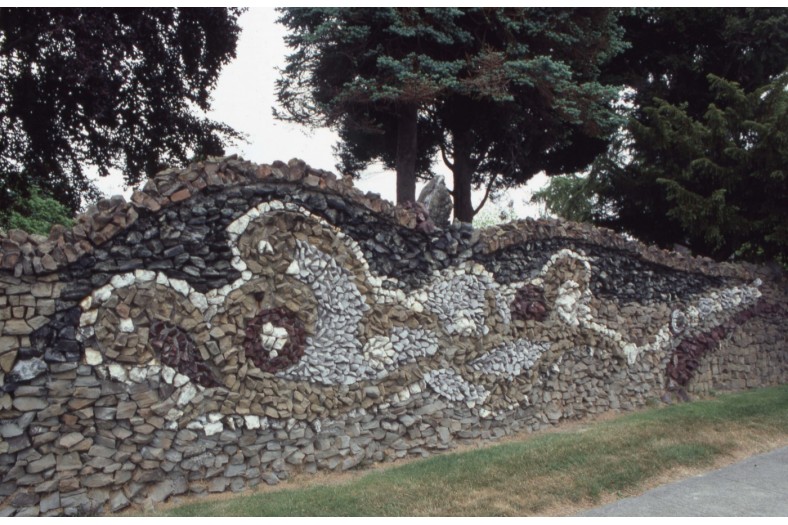
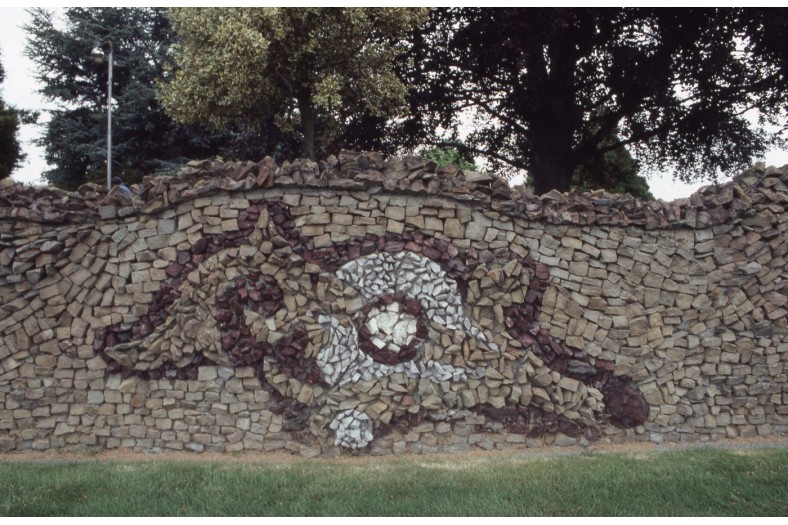
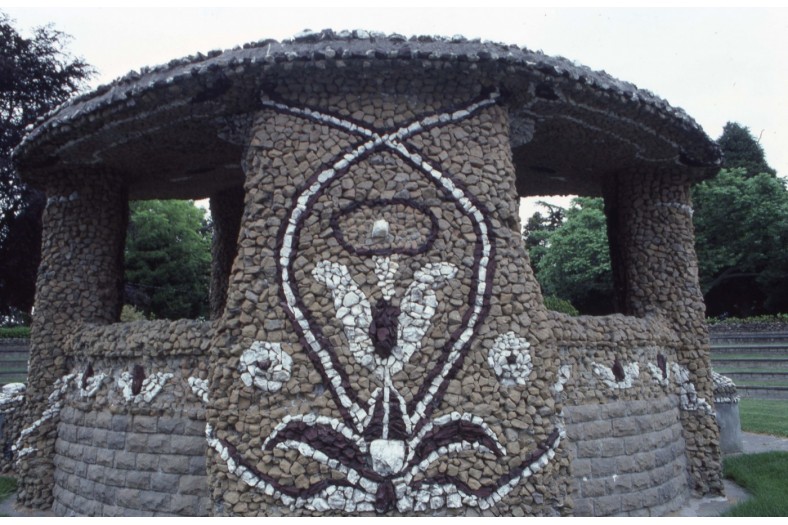
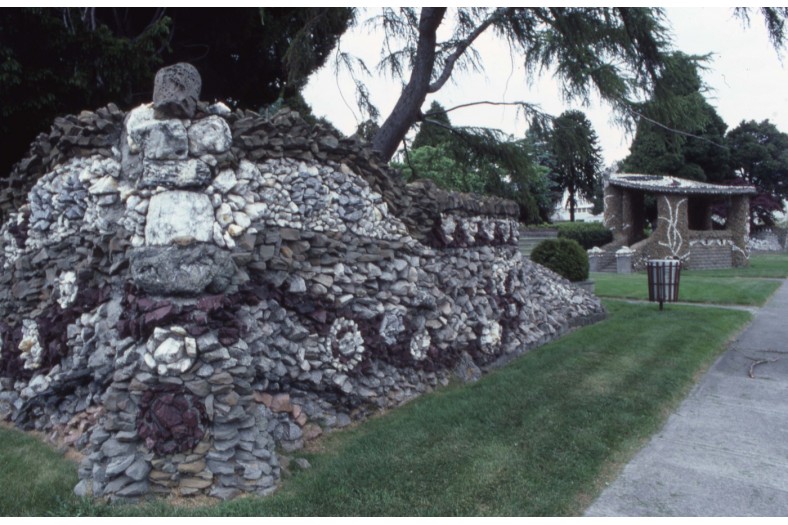
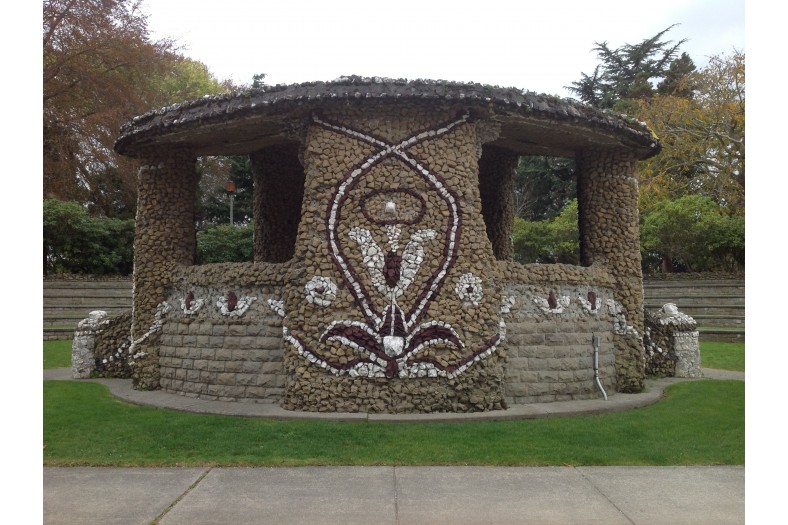
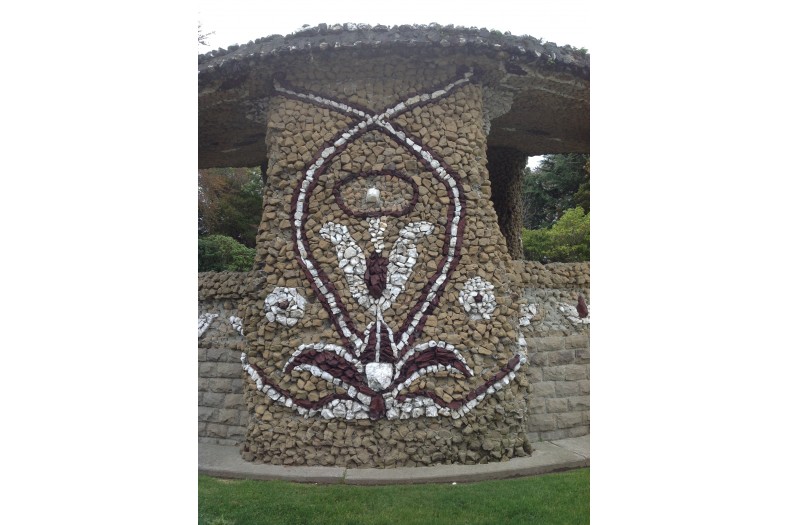
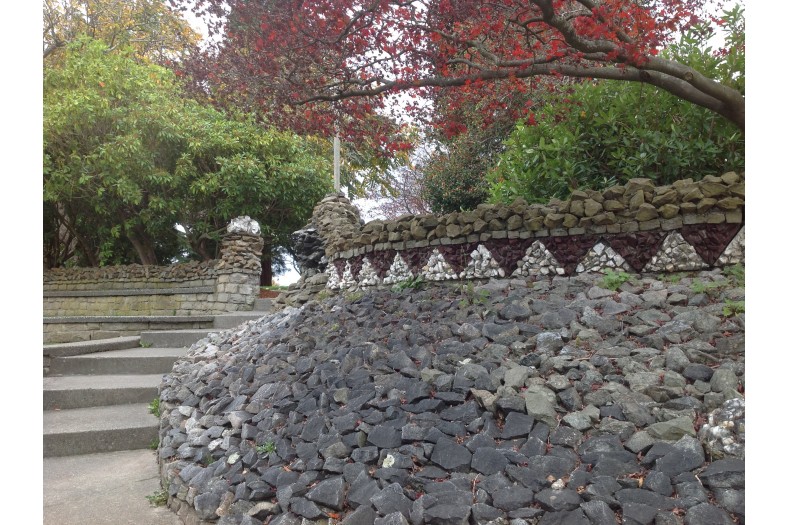
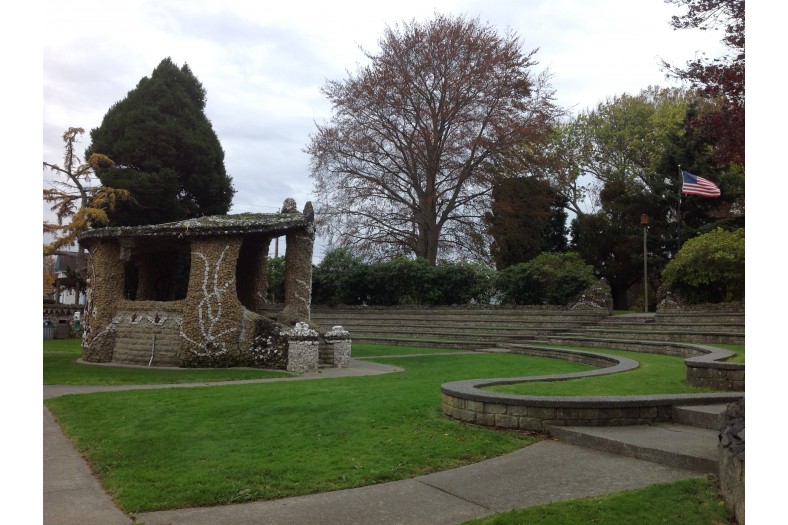
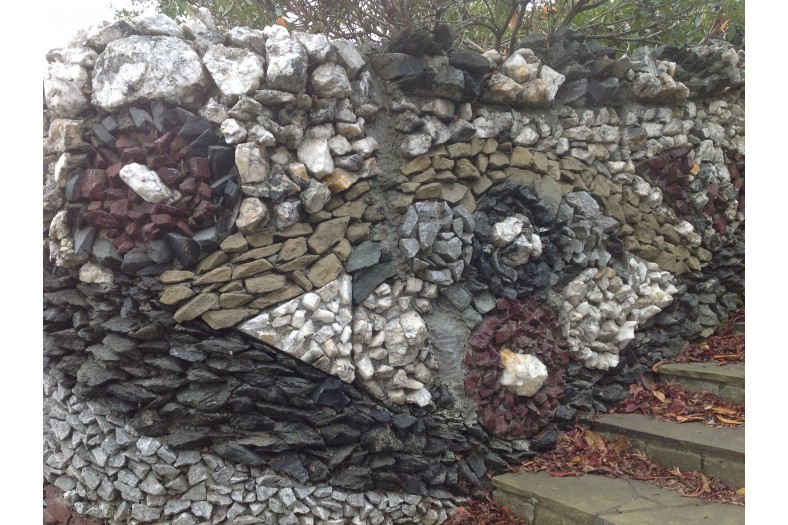
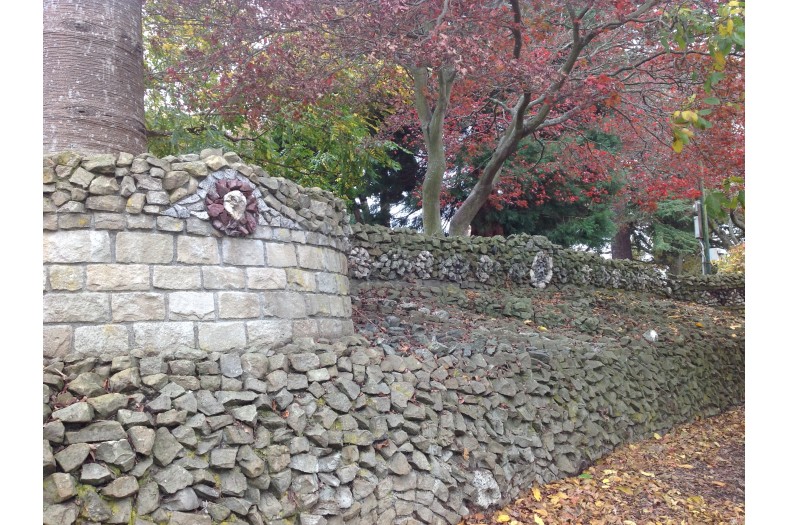
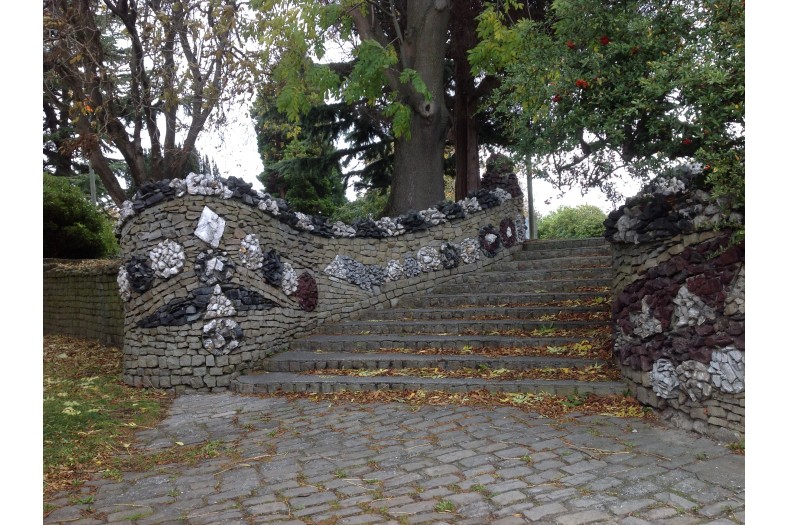
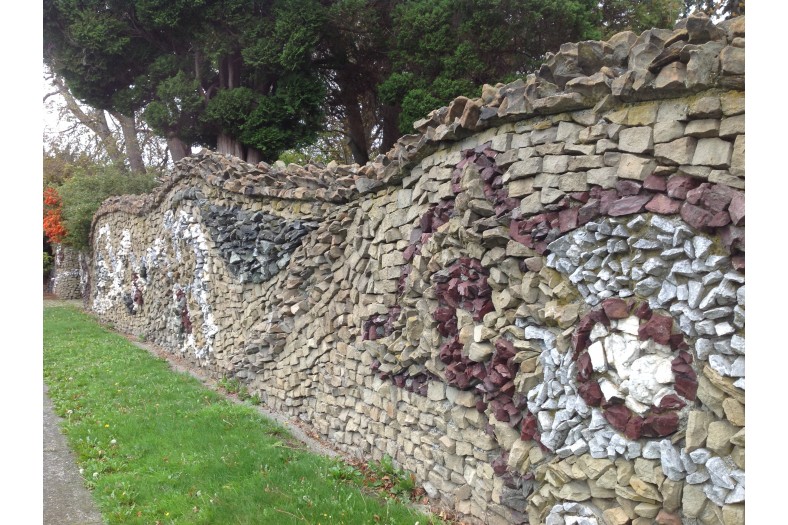
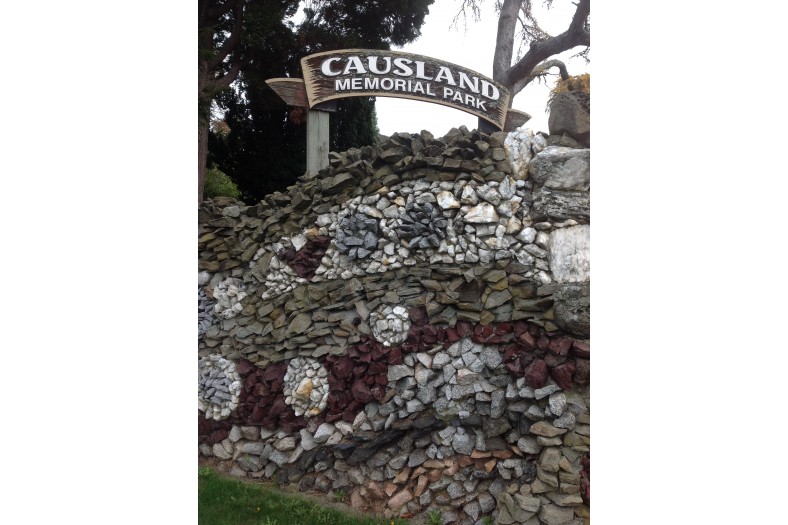
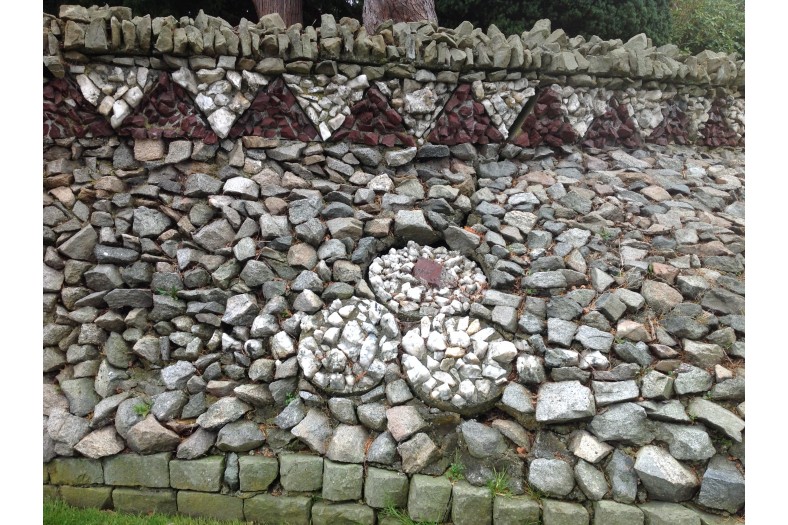
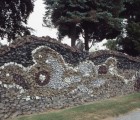
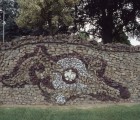
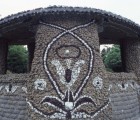
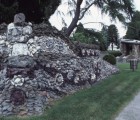
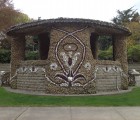
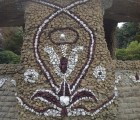
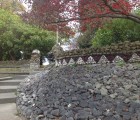
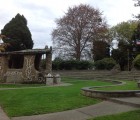
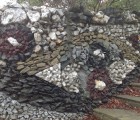
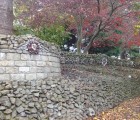
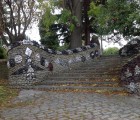

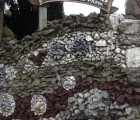
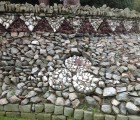
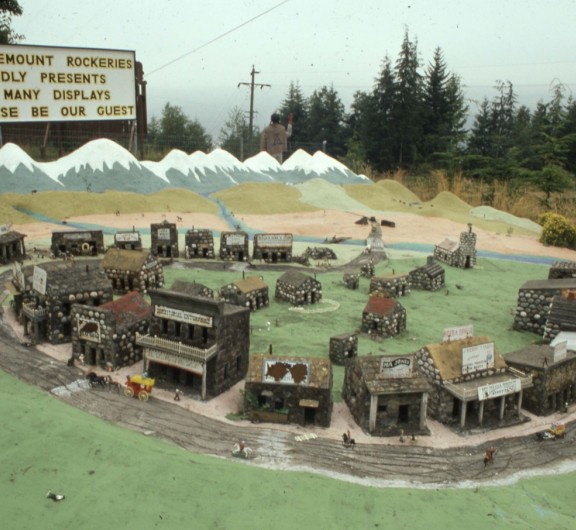
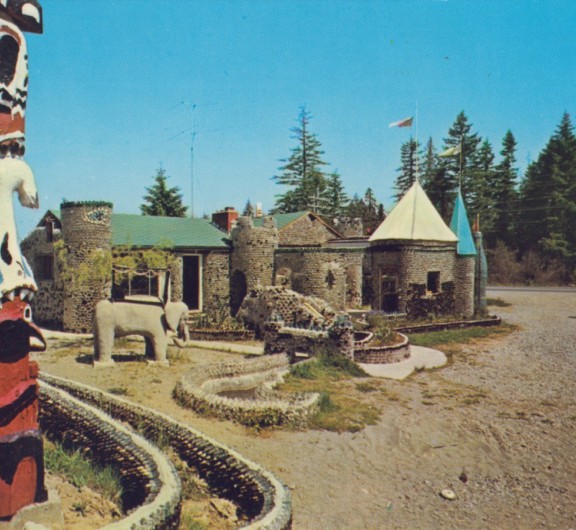

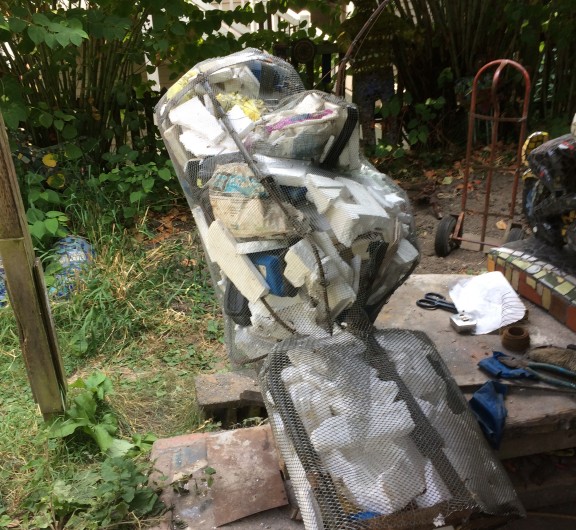
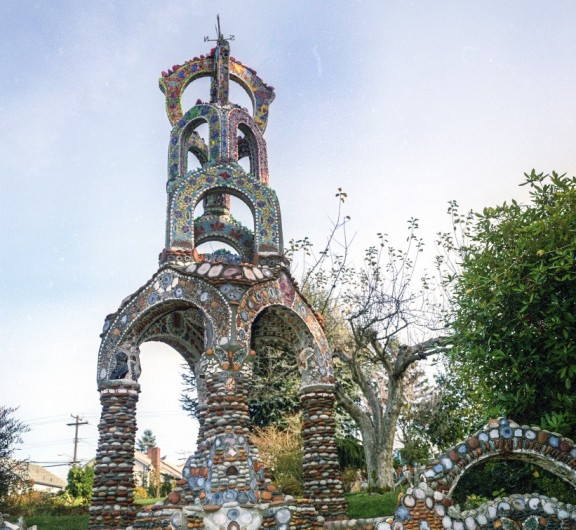
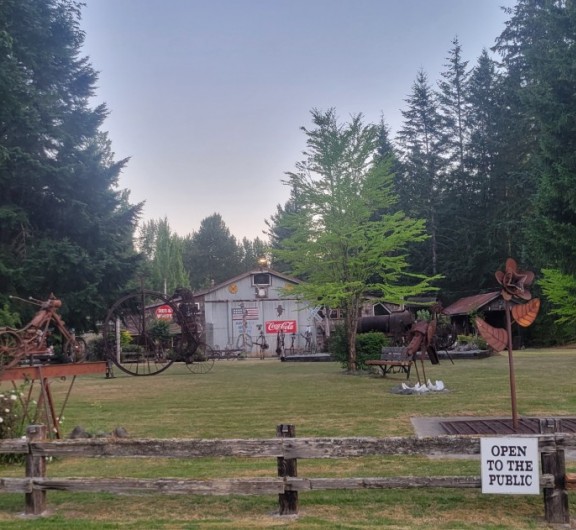

Post your comment
Comments
No one has commented on this page yet.